Last updated on April 25th, 2023
Some people think rats are cute, and some think they are scary. Most people do not know rats are fascinating animals. When you consider these facts about rats, you will find they are not intimidating. You can gain much respect for this special member of the animal kingdom, and you will have plenty of information to pass along to your friends and family members.
Interesting facts about rats
1. Similar to humans, rats often give in to peer pressure. As they feel the need to conform, they will do whatever their peers do. It can be fun to watch pet rats mimicking each other’s behaviors.
2. When rats play, they make sounds similar to laughter. However, humans cannot hear these sounds. Rats really enjoy having a good time!
3. When rats are members of a group, they will take care of others in the group that are sick or injured. Rats are altruistic, too. They will help another rat that is suffering, even if they do not know the animal.
4. A rat’s teeth continue to grow throughout its life. One reason rats chew and nibble is to keep their teeth worn down so they can eat.
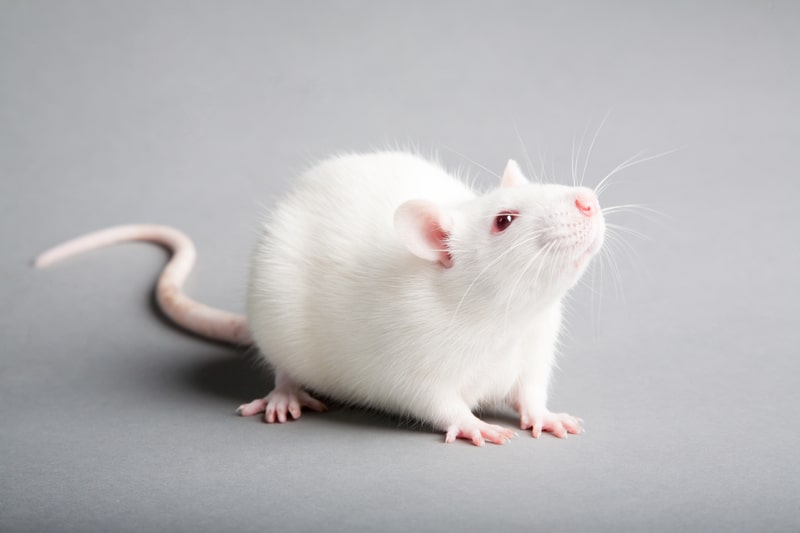
5. A rat can move its eyes in opposite directions, and can look above itself. This feature can help rats protect themselves from predators.
6. Rats are social animals. They prefer to live in groups with their families, but wild rats also live near other rat families. This is why it is rare to find one rat, whether they are outdoors or inside a building. If one is seen, there are surely others nearby.
7. Rats have the ability to control their bladders. They can be quite particular about where they urinate. They often mark their territory by urinating in specific areas.
8. Rats do not have the ability to vomit. Because they do not want to eat something that will make them ill, they use their keen sense of smell to help them avoid certain foods.
9. It is easy to train a rat. This is one reason people choose rats as pets. Training rats is similar to training dogs. They enjoy treats as rewards, and they enjoy interacting with their owners. If you have a pet rat, you can teach it to respond to its name, and it can learn to do tricks.
10. Rats do not like to be alone. If a rat is alone for extended periods of time, it can become lonely, afraid, anxious, and depressed.
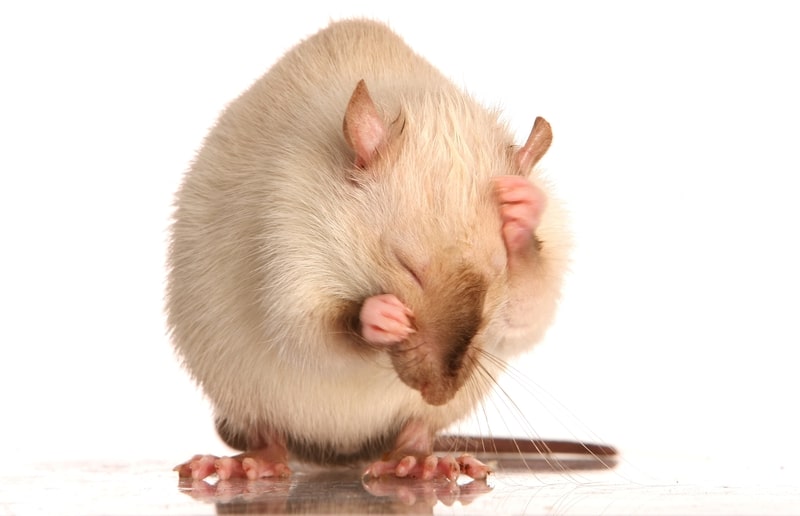
11. While many people believe rats are dirty, this is not true at all. Rats prefer to stay immaculately clean. Rats groom themselves for hours every day. When they live in a clean environment, they smell nice. A rat’s skin can be compared to a light perfume. Rats are less likely to contract and transmit viruses and parasites than dogs and cats, so they are not as disease-ridden as people tend to think.
12. Rats have excellent memories. They can easily recognize humans and other rats if they have seen them before. As soon as a rat learns a navigation route, it will always remember that route.
13. Rats show happiness in a number of different ways. When a rat is happy, it grinds its teeth and chatters. A happy rat can vibrate its eyes, and its inner ears can turn pink. When you become familiar with these characteristics, it will be easy to see when your pet rat is happy.
14. Rats are so intelligent that they can perform some brain-related tasks better than humans.
15. Female rats are good mothers. When a mother rat has a litter, she will defend and protect the babies and the nest. Whether you have a pet rat or see a wild rat, it is never a good idea to get too close to infant rats or rat nests.
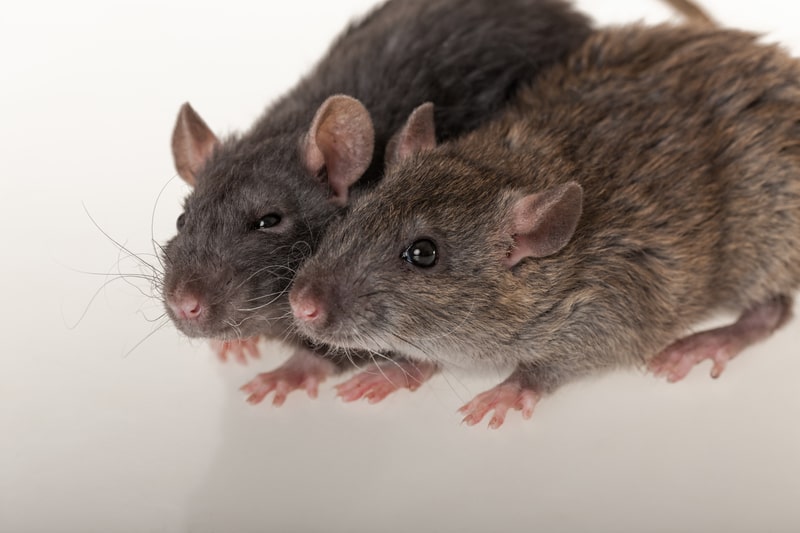
16. Rats like to have fun! One of the games rats enjoy playing is hide-and-seek. They can play this game with their owners and other familiar humans, as well as other rats in their homes.
17. Rats are loyal pets. If you have a pet rat, you should never give it away. The rat can become inconsolable, and can even die. The bond a rat shares with you can become this strong.
18. A rat can produce half a billion babies within three years. This is why wild rats can cause an extreme infestation within a short period of time.
19. Rats have such an impressive sense of smell that they can detect diseases, including tuberculosis and HIV. They also have the ability to detect landmines. A rat can detect food on another rat’s breath, and can easily determine if the food is good or bad.
20. Rats do not perspire. When a rat needs to regulate its body temperature, it does so by constricting or expanding the blood vessels in its tail.
21. The enamel on a rat’s teeth is stronger than some metals. This feature allows a rat to chew through many different substances. Rats can chew through cinder blocks, glass, lead, and wire. This is one reason wild rats can cause a considerable amount of destruction when they are inside buildings.
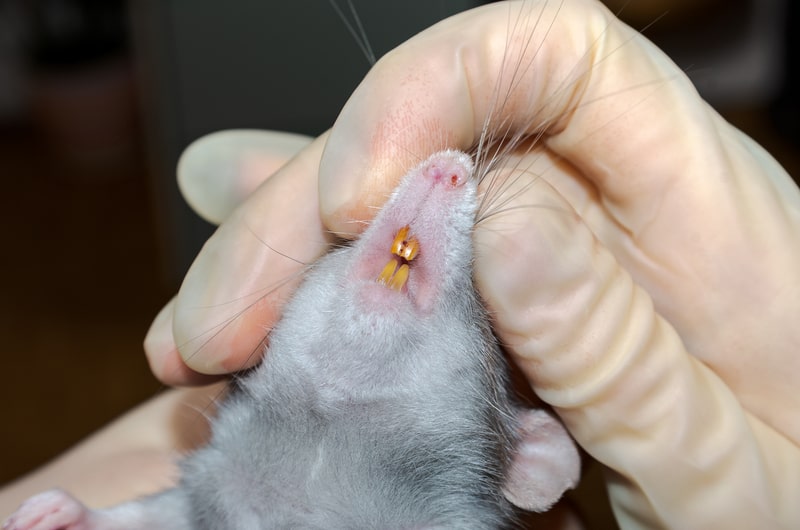
22. A rat’s teeth can help you determine its age. Older rats will have more yellow on its teeth, whereas a baby rat’s teeth are much whiter.
23. Rats are colorblind, and have poor eyesight. Pink-eyed rats have the worst eyesight. If you notice your pet rat swaying its body, it is the way rats detect motion in their surroundings.
24. Not only do rats dream, they can also have nightmares.
25. Rats have excellent hearing. They can even recognize ultrasound frequencies that humans cannot hear.
26. Rats are naturally shy. You do not need to be concerned that an unfamiliar rat will jump on you or attack you, because this rarely occurs. When confronted with an unfamiliar human or animal, it is a rat’s instinct to run away.
27. Rats are great swimmers. Some have the ability to hold their breath up to three minutes.
28. Rats have many different means of communication. They communicate through smell, touch, sound, and body language.
29. Rat infestations can be expensive. An infestation that has become out of control can cost up to $25,000.
30. The only continent on earth where there are no rats is Antarctica. The largest inhabited area that is completely free of rats is Alberta, Canada.
31. Rats have the ability to adapt to many different environments. The resources help rats thrive, despite environmental conditions.
32. England’s Royal Rat Catcher, Jack Black, was responsible for domesticating rats. He began keeping and breeding rats during the mid-1800’s.
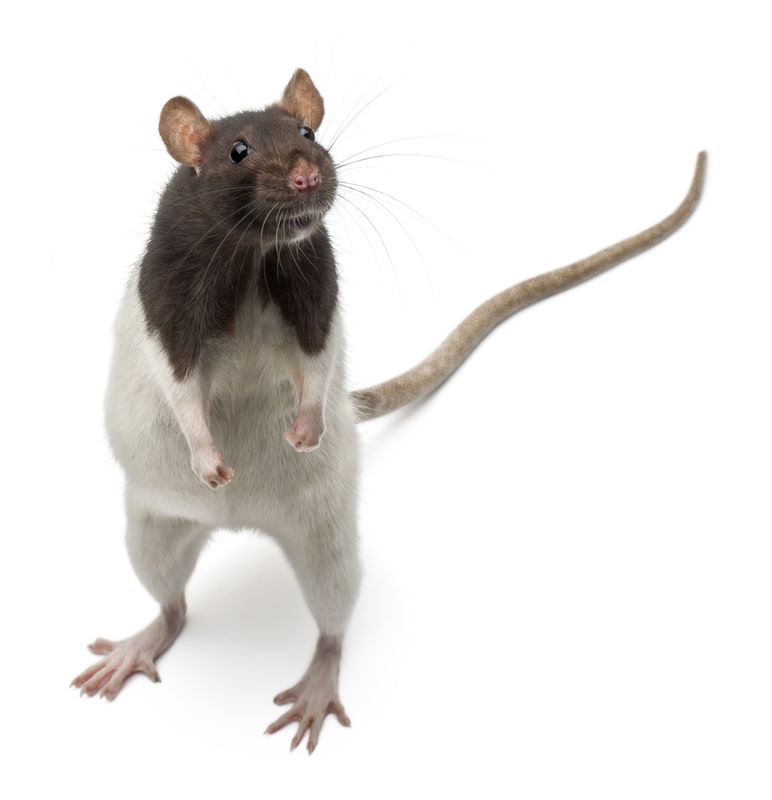
33. The popularity of pets rats resulted in rat clubs in the United States. The Mouse and Rat Breeders Association began in 1978. The American Fancy Rat Association began in 1983. There are also smaller rat clubs throughout the United States.
34. The most common rat chosen as pets is the Fancy Rat. This rat is friendly, loyal, intelligent, and easy to care for in your home. Fancy Rats are found with various markings and solid colors, but many have retained the original brown color. Fancy Rats have various eye colors, too.
35. When rats experience an electrical shock, they are often able to restart their own hearts.
36. Rats grind their teeth for a number of reasons. The rat may be expressing contentment and relaxing, or it may be experiencing pain or stress.
37. Female rats can mate up to 500 times within a period of six hours.

38. A rat’s ability to jump is impressive. If it is standing still, it can jump two feet in the air. If it has a running start, it can jump three feet. This is similar to a person jumping onto a garage!
39. There are similarities between rats and mice, but there are also differences. One example is when it comes to trying new things. While mice often enjoy experimenting with new foods, rats generally do not. They are much more hesitant with new experiences.
40. A rat’s body is resilient. It can actually fall 50 feet without sustaining an injury.
41. Rats have some similarities with humans. They are ticklish, and they have belly buttons. The most ticklish spots on a rat’s body are its whiskers and its tummy.
42. Rats can lift objects that weigh up to one pound. This is more than an average rat’s own bodyweight.
43. On average, there are between five and ten baby rats in a litter. Although it is unusual, there can be up to twenty-two babies in a litter.
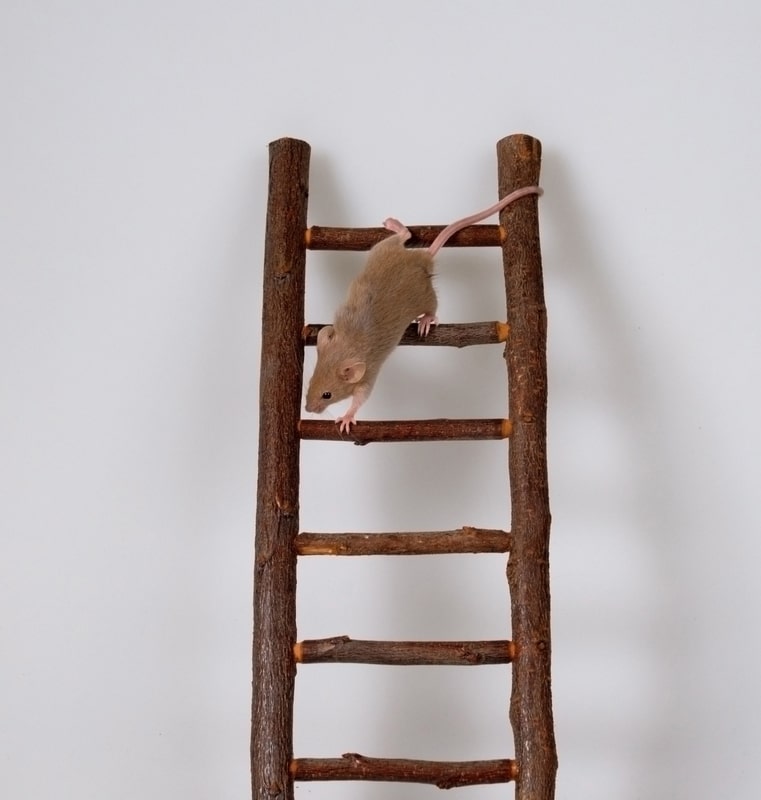
44. It is easy for rats to climb most surfaces. This even includes cement and brick walls. The reason they have this ability is the long claws on their feet. They can also use their tails to propel themselves upward when they are climbing.
45. The expression “You dirty rat” has an interesting history. It is believed this expression is due to rats fleeing collapsing houses and sinking ships, which would appear to be abandonment.
46. Discovered in 2009, the Bosavi Woolly rat species is believed to be the largest rat species. It weighs over three pounds, and including the tail is over thirty-two inches long. It can be compared to the size of a cat.
47. The most rat-infested city in the United States is Chicago. Second and third are New York City and Washington, D.C. Other cities around the globe that have serious problems with rats are London and Paris.

48. Rats have the ability to squeeze their bodies into small spaces, and through small openings. Some can fit through holes that are no larger than a quarter.
49. A group of rats is called a mischief or a pack. Female rats are does, and male rats are bucks. Infant rats are known as kittens or pups.
50. There are 56 known species of rats around the world. They vary in size and other features.
51. Rats like to be petted. You can gently scratch and pet the top of your rat’s head, its back, and its ears.
52. Rats can sense your moods. Whether you are feeling fear or tension, feel calm or happy, your pet can pick up on your emotions.
53. Baby rats “play fight.” When the babies are around eighteen to twenty days old, you may start to notice these activities. They like to chase and jump on each other, and pin each other to the ground. The purpose of the game is to gently nuzzle each other’s napes. Play fighting increases, but usually decreases when the baby rats are more than a month old.

54. Rats can obtain nutrition in odd places. One example is eating their own feces for its nutritional value.
55. Rats do not have gallbladders or tonsils.
56. After some female rats give birth, they can go into heat between ten and twenty-four hours.
57. Rats have had a place in popular culture. Some examples include Ratatouille’s Remy, Master Splinter in Teenage Mutant Ninja Turtles, Stuart Little, and a rat named Ben who was trained to kill. The Chuck E. Cheese mascot was originally a rat, but was changed to a mouse in 1993.
58. As wild rats are nocturnal animals, you may never see rats in your home. There are ways to detect the presence of rats. You may find food containers torn, and food may be spilled. You may hear scratching and scurrying in the walls. You may see rat urine or droppings on the floor. While rats can carry disease and destroy personal property, they can also be a fire hazard. When rats make nests in walls, they can chew on electrical wiring.
59. Rats have not always had a bad reputation. In ancient Rome, rats were thought to be a sign of luck. Ancient Mayans and Egyptians worshipped rats.
60. Pet rats do better in pairs. They need the companionship of other rats. Unless you want to breed rats, make sure they are the same gender.
61. A pet rat is likely to live longer than a wild rat. The reason for this is wild rats are usually killed by predators, so they only live around a year. In contrast, the average life expectancy of a pet rat is between two and three years. If you are attentive to your pet’s health and social needs, it may live even longer.
62. A pet rat’s needs are basic, but they are essential. It needs a nutritious diet, plenty of exercise, and interaction with its owner. As rats can develop serious and life-threatening health problems, it needs regular visits to a veterinarian.
. . . continue reading on the next page
